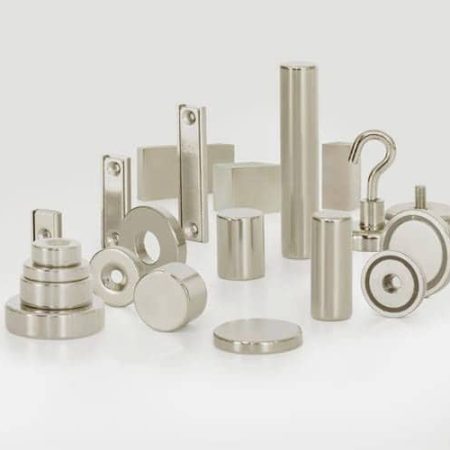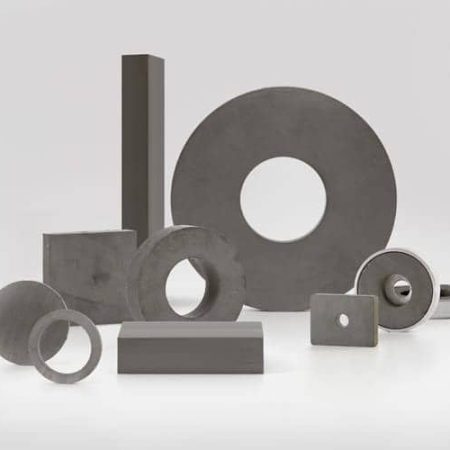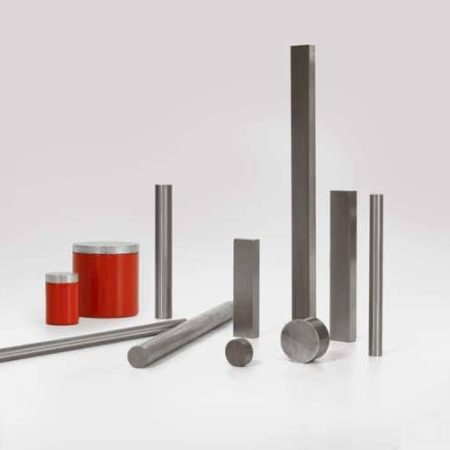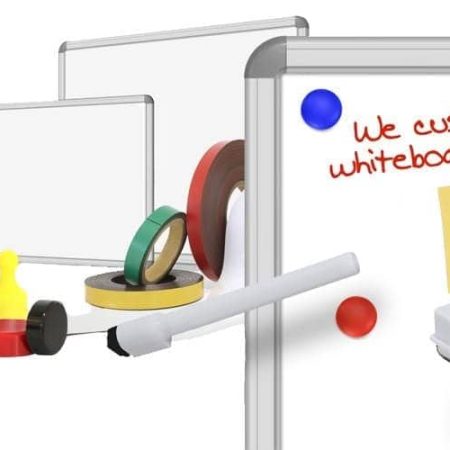Neodymium vs Ferrite Magnets
Both Ceramic and Neodymium magnets are permanent magnets, each offering unique advantages based on their intended applications. When choosing a magnet, it’s essential to consider the operating environment and the required magnetic field strength. One of the most noticeable differences between these two types of magnetic materials is their overall field strength, also referred to as pull force, which is typically measured in Gauss or Tesla units. Neodymium magnets can generate a magnetic field with an adhesive force up to seven times stronger than that of Ferrite magnets of the same size.
Here are the key differences between Ceramic and Neodymium magnets, highlighting characteristics that may make one more suitable than the other for specific applications.
Advantages of Neodymium Magnets
- Unmatched Magnetic Energy Output: Neodymium magnets are made from the strongest rare earth magnetic materials available, producing a bond that is seven times more powerful than that of Ferrite or ceramic magnets.
- High Resistance to Demagnetization: Neodymium magnets maintain their magnetic properties even in extreme conditions and environments.
- Compact Size: The superior strength of Neodymium allows for the use of smaller or thinner magnets, reducing the overall footprint of devices or applications.
- Durability: Neodymium magnets are relatively durable and can withstand moderate impacts and abrasions. Neodymium Pot magnets, designed for industrial use, have a steel casing that enhances their durability.
- Moderate Conductive Properties: They exhibit reasonable conductivity.
Advantages of Ceramic (Ferrite) Magnets
- Lightweight: Ceramic magnets are lightweight, making them suitable for applications where weight is a concern.
- Corrosion Resistance: Ceramic magnets are highly resistant to corrosion, making them suitable for harsh outdoor or marine environments.
- High-Temperature Resistance: Ceramic materials can operate at temperatures up to 250℃ while retaining their magnetic and structural integrity.
- Cost-Effective: Ceramic products are relatively inexpensive, making them ideal for home projects or artistic endeavors.
- Low Magnetic Strength: Ceramic magnets are easier to handle and are ideal for situations where excessive magnetic strength could hinder removal and relocation.



























